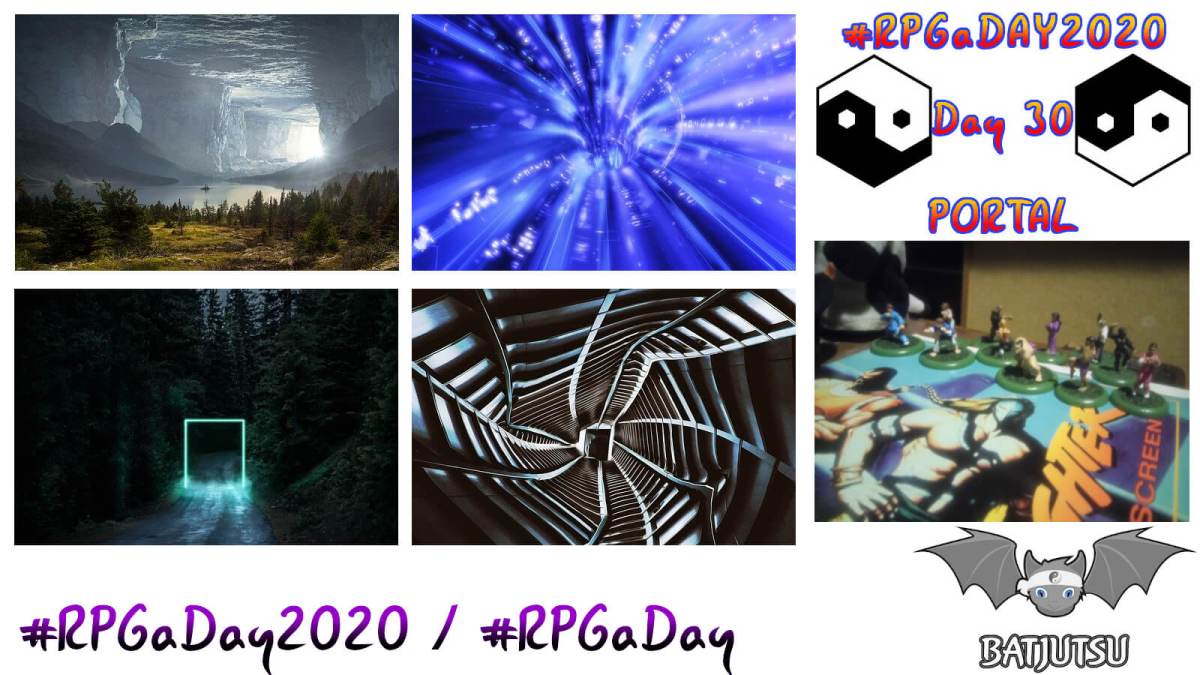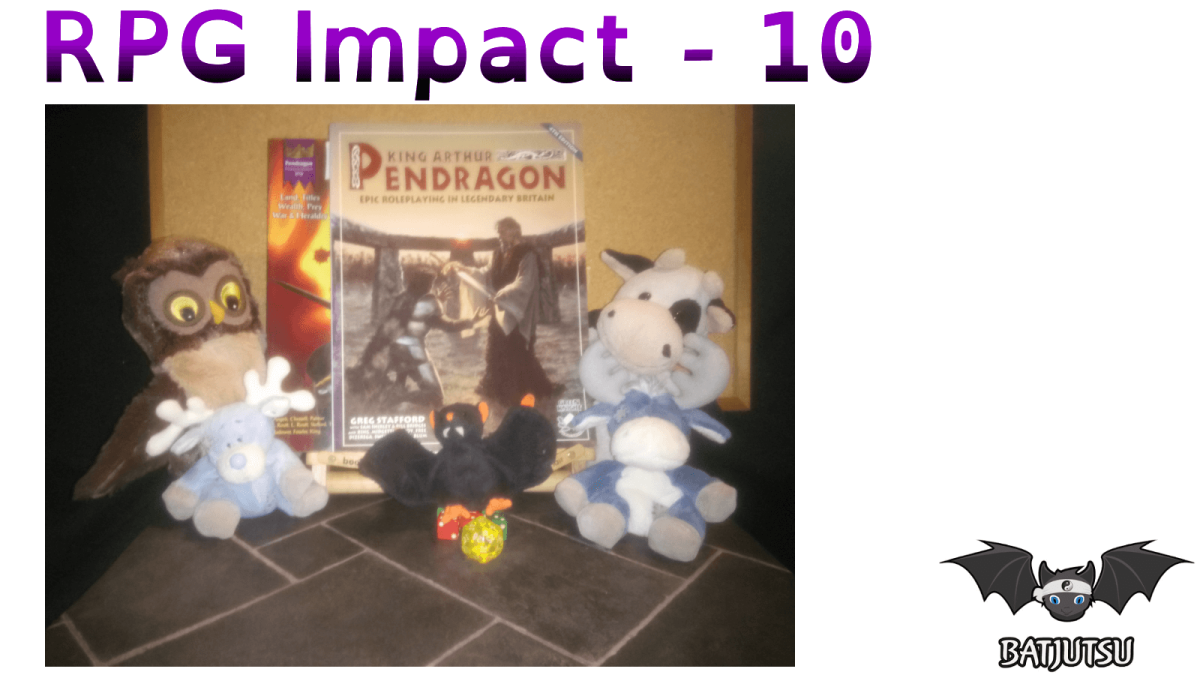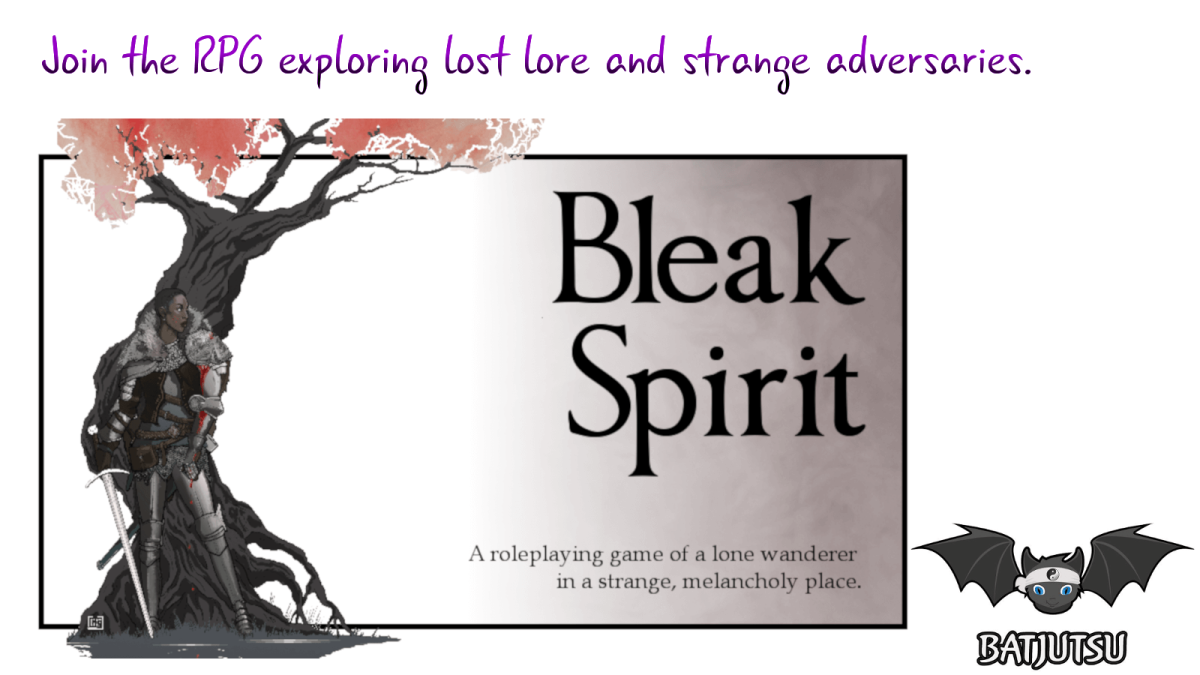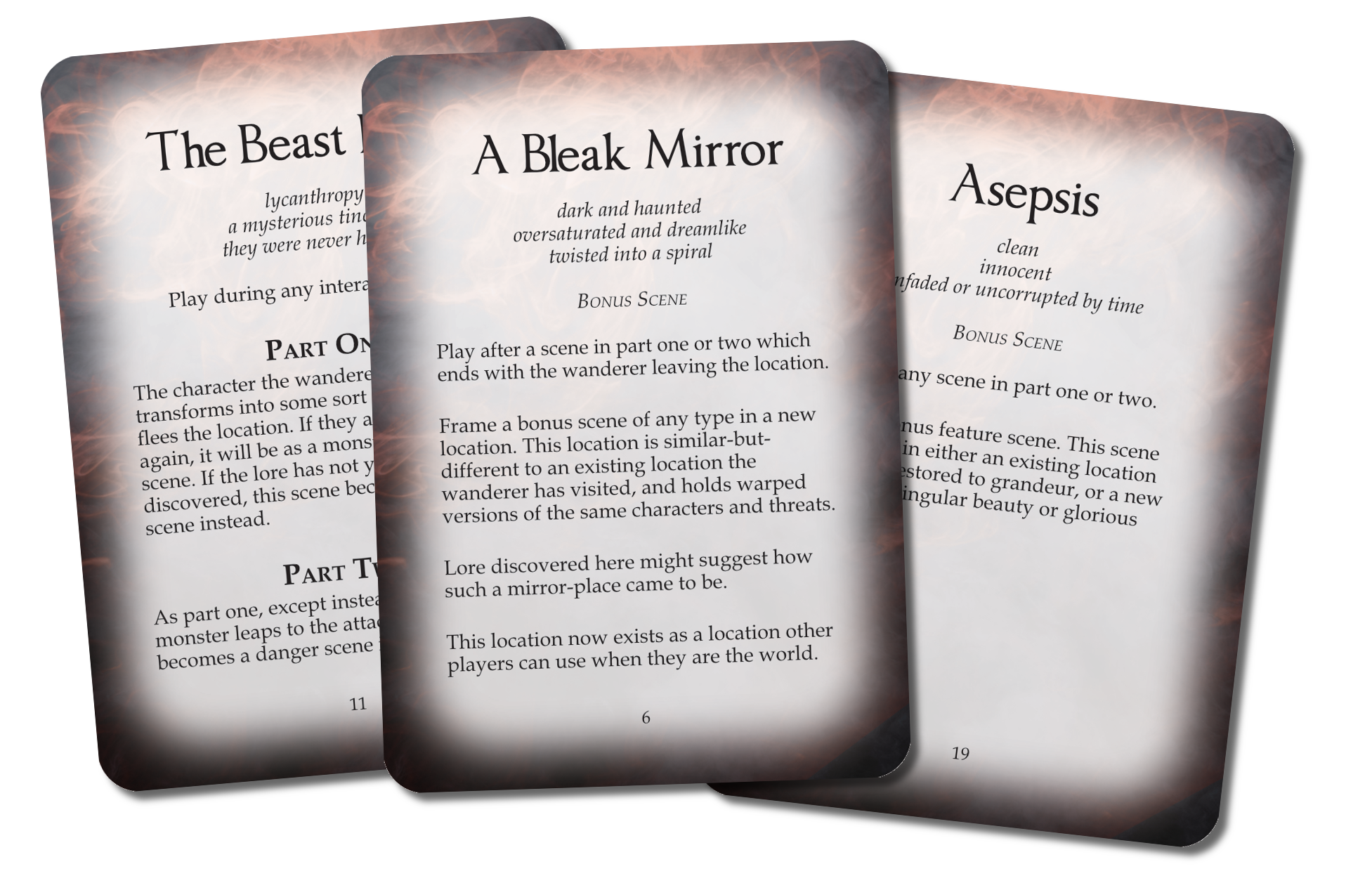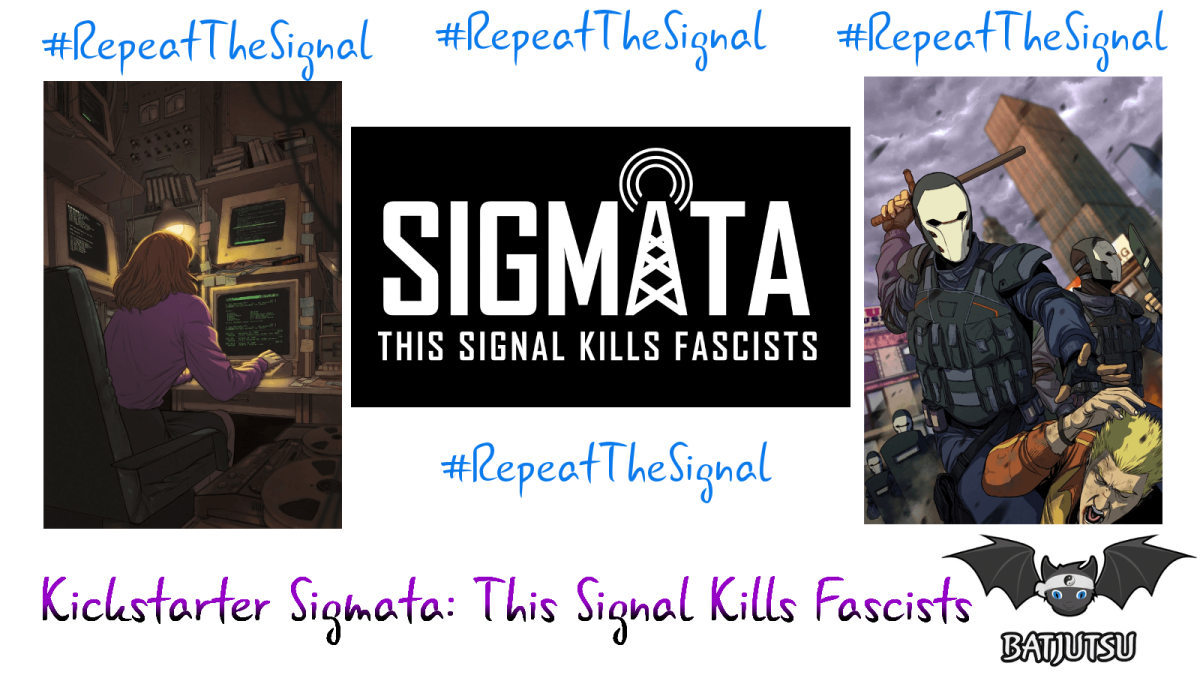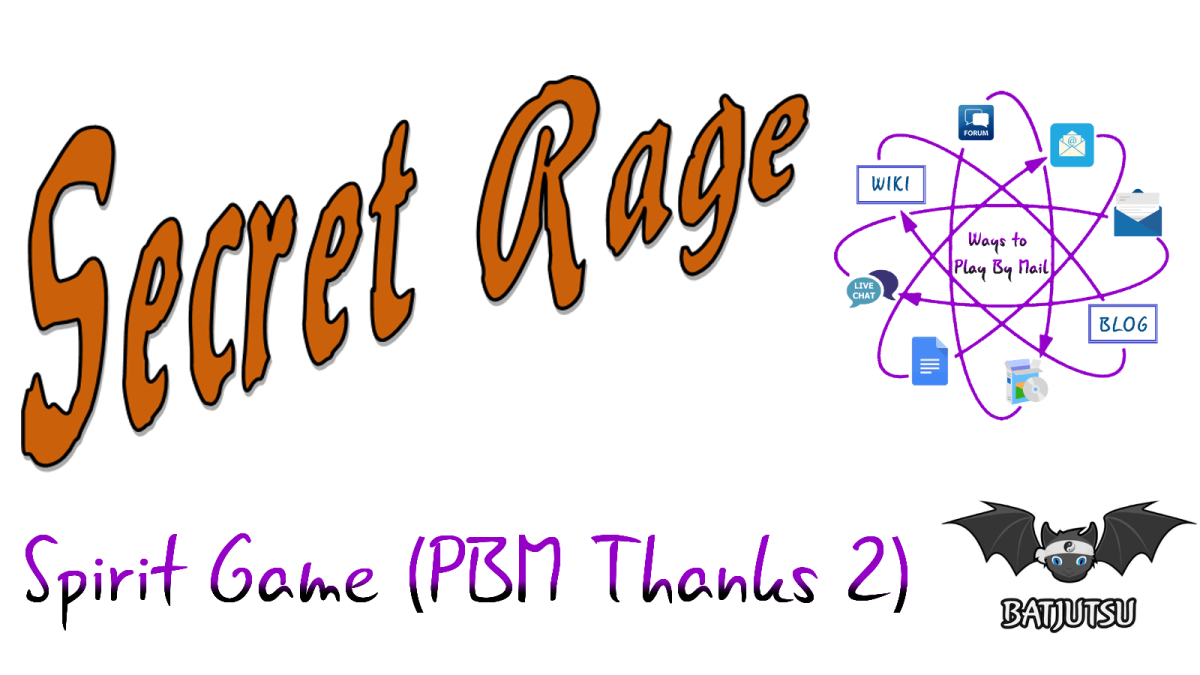I have been eagerly anticipating WILD: Dream Dive Training Simulation for several years. I started following the project after reading about it on Dave Chapman’s Autocratic blog in 2017. It has been interesting watching this project develop and to now come together for this Kickstarter campaign. The Kickstarter gives an excellent overview of Dave and Stoo’s backgrounds and why this project is in expert hands. So, what is the game about?
“WAKE · INITIATED · LUCID · DREAMING a roleplaying game using Tarot cards to explore the minds of dreamers”
Plus:
“The WILD: Dream Dive Training Simulation is a tabletop roleplaying game that can be played solo, or with a group of friends with or without one player taking on the role of the DreamMaster.”
The game draws inspirations from many sources, in particular Inception. Other references: Falling Water, Reverie, Paprika, The Cell. Jumping ahead slightly to the likely important query about death and dreams? You can ‘die’ in the dream, which will wake the user, but there is a chance of consequences; so this is closer to Inception than a Nightmare on Elm Street.
“The development of the ALIS dreamshare device has changed the world.”
The Kickstarter has unlocked the ALIS user manual. This extra level of detail should empower the players’ imaginations, enhancing the immersion level of a game. An important part of how the ALIS works is that the primary dreamer matters in regards to how their dreams can be affected. An imaginative person is more likely to accept ‘wilder’ aspects; how much a dream can be stretched. A bland person’s dreams are more likely to break if pushed a lot. So understanding a dreamer’s plausibility scale for each individual will be part of the puzzle.
Originally Dave had been working with dice mechanics he called: Rapid Die Movement. The design moved to using Tarot cards (using one shared deck); the Kickstarter has unlocked custom artwork and cards for the game.
Digital Tools have been unlocked, a Website and a Mobile App. There will be a virtual deck that will allow cards to be drawn from it; the tools will explain card meanings. Additionally a digital character sheet, plus there will also be help with a walkthrough of character creation.
WILD – Fusion Power/Bonus
I do not know of an RPG with this specific dream focus. There are of course games that include dream manipulation, such as Changeling: the Dreaming with Oneiromancy, or the Dream related Contracts in Changeling: The Lost. Cthulhu has the Dreamlands, etc. But those games do not explore the ideas in the same way, plus lack mechanical framework around such exploration. So besides looking forward to playing WILD, I also look forward to fusing WILD with other games. In particular Mage: the Ascension and the World of Darkness / Chronicles of Darkness games I have mostly focused on recently. I explored fusion ideas in my blog post for One Child’s Heart, a game about entering the memories of a child to help provide therapy via a CLERS device. One Child’s Heart is exploring different territory to WILD, but interestingly, I can see these games complimenting each other wonderfully.
A Tales From the Loop game is another fusion idea I have had. ALIS could have been created after studying technology gained via the Loop. Likewise, the ALIS should be easy to add to the Cypher System games of Numenera or The Strange.
I have also been imagining a fusion with Street Fighter. A chance for a training simulator, aka the Matrix? Likewise fights with Agents, but the Agents being the subconscious defending itself like Inception.
Besides modern day role-playing settings, I can imagine using WILD to provide Fantasy or hard Sci-fi with something a bit different. For example, I have a campaign (#FatefulMemories) that is a fusion of: D&D Planescape (FR) + Mage: the Ascension + Cthulhu. Currently, the party is trying to understand the nature of a person who has been split in two, with one half being in Sigil, the other one being in the Forgotten Realms; these beings communicate with each other via their dreams, so could a dream quest be a way to figure out how this occurred and how they can be re-merged? The ALIS could be an artefact utilising crystals from different Realms, or maybe something linked to the Sehanine Moonbow, the Lady of Dreams, or similar god.
Please go and check the WILD out. Watch the fabulous introductory video explaining the technology, which should seal the deal. There is also a Hardship Sleeper level, providing a backer the PDF for just £5; very generous of the team.
https://www.kickstarter.com/projects/stoo-goff/wild-dream-dive-training-simulation/description
The Dark Orb Meets WILD RPG Creators Stoo Goff & David F. Chapman
Effekt Interview: WILD Kickstarter


